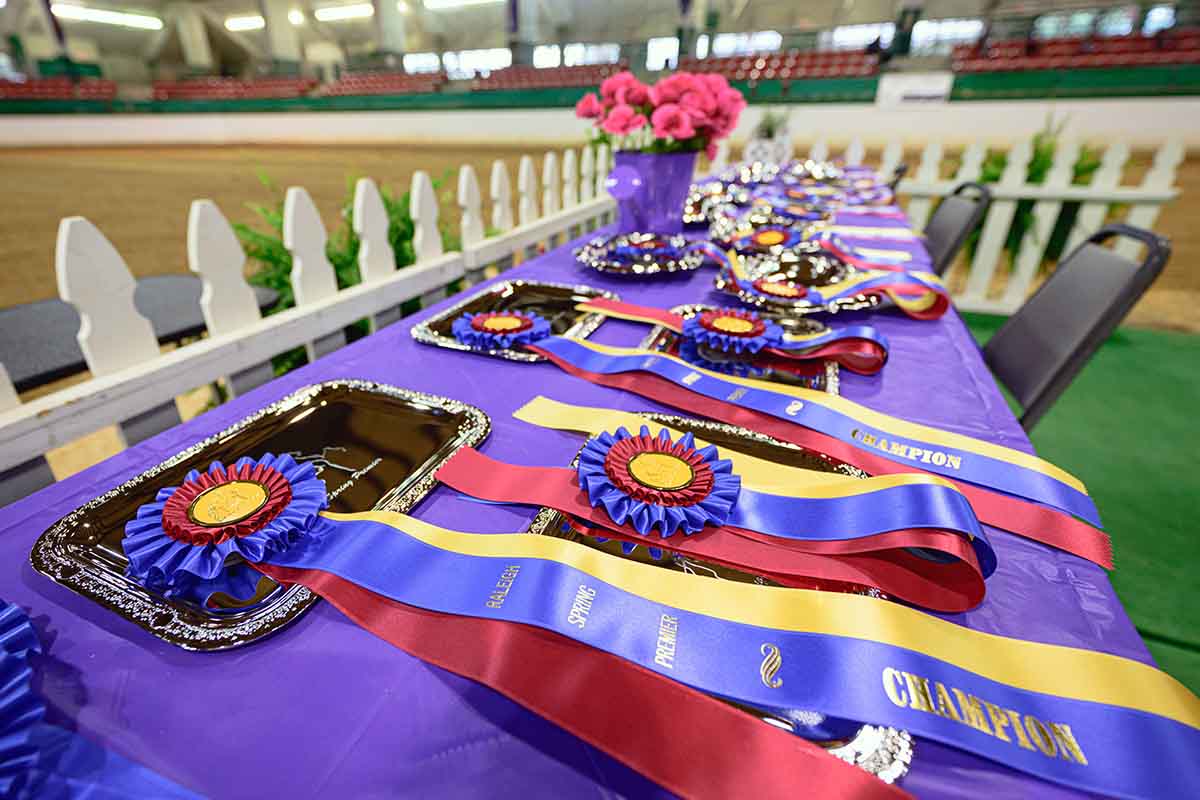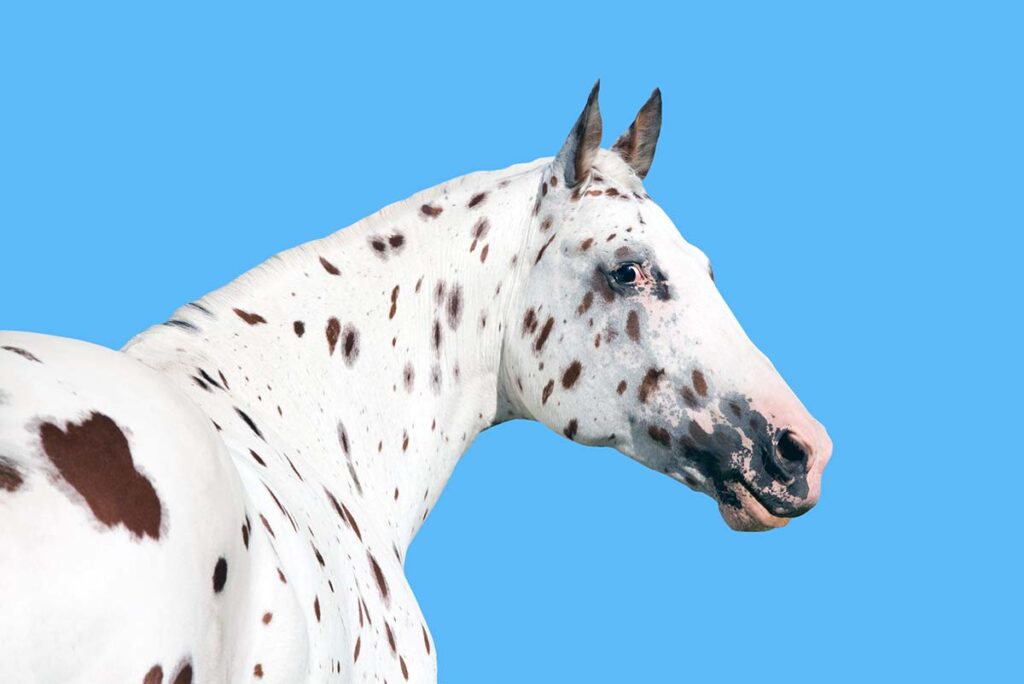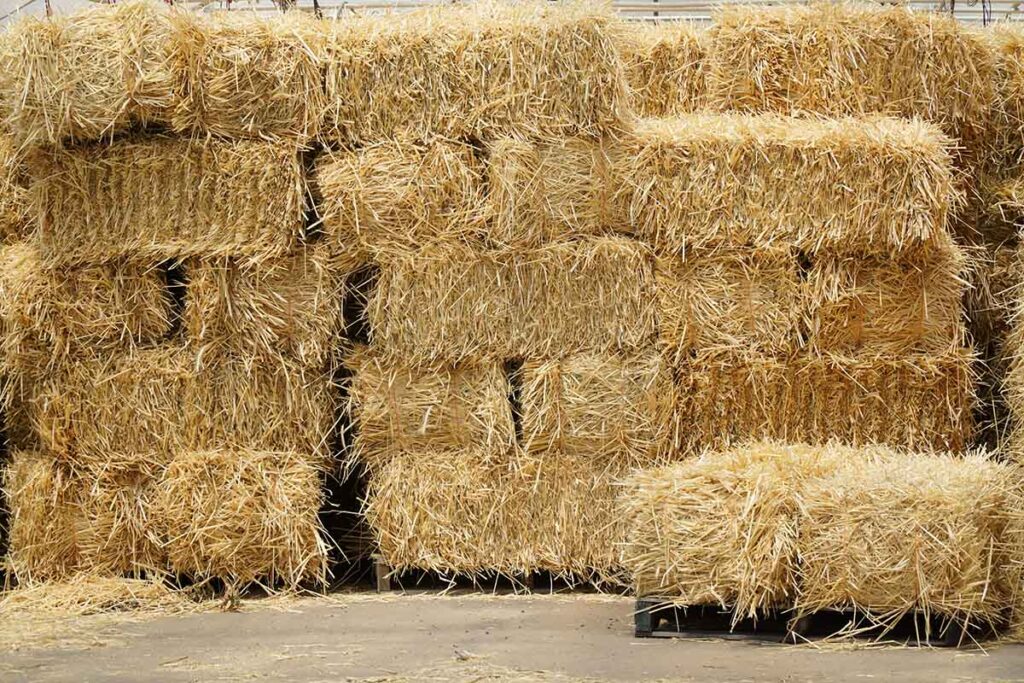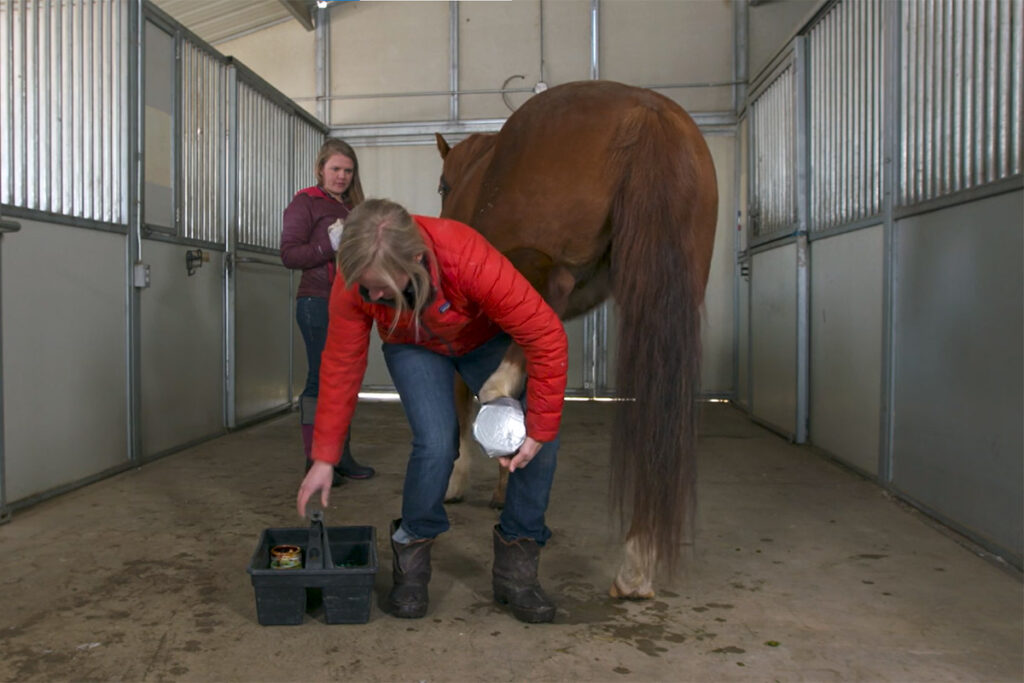If you’ve entered your first horse show, congrats! This is an impressive milestone for any equestrian. You might be filled with anticipation, excitement, and, naturally, a bit of nervousness. Whether you’re aiming to dazzle in dressage or perfect your trail patterns, preparation is key to ensuring your horse show debut is not only successful but also enjoyable. Here’s some advice to help you turn those pre-show jitters into confidence.
1. Have Your Showbill Handy
Having a copy of the showbill or schedule ahead of time will help you better prepare for the day of the event. Are you planning to compete in English, Western, or both? Events that offer both disciplines often schedule the English classes first and the Western ones in the afternoon. If you’re only planning to compete in Western events, for instance, you might not have to be at the show at the crack of dawn.
The showbill will also tell you the length and timing of any lunch breaks or arena drag breaks. And if you’re attending a show that has multiple arenas, it’ll let you know which classes are running concurrently and what times they’ll likely be going.
It’s nice to have a copy of the show schedule on your phone. But you can also print a copy to keep in your truck or trailer to have on hand.
2. Know Your Courses or Patterns

It’s becoming common practice for horse shows to release the patterns they’re using before the day of the event, giving riders plenty of time to prepare at home.
Knowing your patterns before you get to the show means you can spend less time trying to find space in the arena to set up and practice. It also gives you more time to focus on getting in the arena and getting your horse ready to show.
Some shows even release their patterns or tests one to two weeks before the event. Keep an eye on your local club or show venue’s Facebook page. Or sign up for their emails so you can stay in the loop when they release schedules, tests, or patterns. If you have any questions, reach out to your horse show manager. They will help point you in the correct direction or even ask a steward for clarification.
3. Practice But Don’t Overpractice
With that being said, just because you have access to your patterns ahead of time, doesn’t mean you should drill them so much your horse starts to anticipate what you’re asking him to do.
Practice your tests enough at home so you have a good understanding of the routine. But don’t practice your patterns to the point your horse is trying to do maneuvers without you.
Take mental note of the things your horse struggles with so you can keep working on those maneuvers or obstacles without practicing the entire pattern over and over. If your horse struggles with a particular transition, for instance, work specifically on that until it smooths out.
4. Get Ready the Day Before
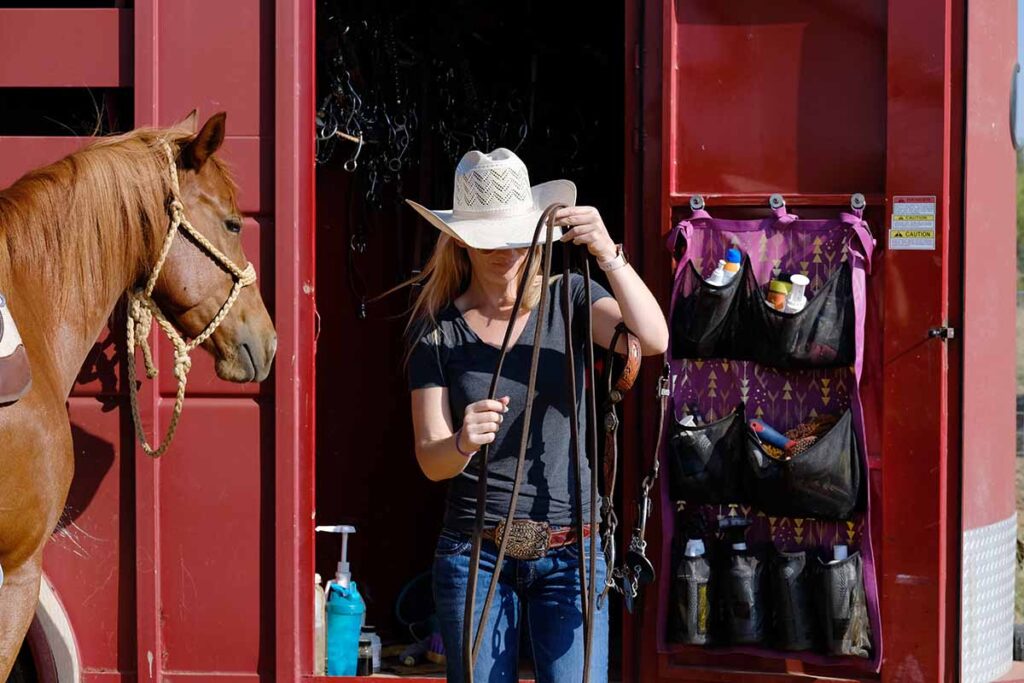
There’s nothing worse than rushing around the morning of the show trying to get everything together to leave your barn. If you’re trailering to a show the morning of and plan to tie your horse to the trailer all day, take time the day before to get prepped and make it easier on yourself the next morning. (Plus, the more you get done the night before, the longer you get to sleep in the morning of the show.)
Have your paperwork in order. While you don’t need registration papers if you’re attending a local open show, you do need to have certain paperwork when you trailer your horse. That includes things like membership or association cards, Coggins papers, health certificates, and brand inspection certificates (if you live in a state that requires them). Always keep a digital copy of these things on hand, just in case something goes missing!
Clean your horse the night before! If it’s warm enough, give your horse a full bath. If it’s still pretty chilly, opt to wash your horse’s legs, mane, and tail instead. And if your horse enjoys lying in his own poop, have some Green Spot Remover on hand for the morning of. You can also use a slinky and blanket, sheet, or fly sheet overnight to keep your horse clean. This is also the time to clip your horse’s face and legs and band his mane.
These last two recommendations are totally up to you. Some people prefer not to band or clip their horse’s legs. Depending on the class, some rules ask that you don’t alter your horse’s natural appearance by banding manes, clipping faces, using fake tails, etc.
If you’re going to be at the show all day, make sure to have plenty of hay. You don’t want your horse to get bored at the trailer. If you have a couple of hay bags handy, fill them all up. That way you can just easily swap them out at the show. A bonus is you won’t have the messy task of refilling hay bags while you’re in your show clothing.
And don’t forget to pack the electrolytes and buckets so your horse has access to water at all times. It’s incredibly important to keep him drinking water throughout the day. Research the show facility beforehand to make sure you’ll have access to fresh water. If there’s no fresh water on the property, pack plenty of water containers to get you through the day. And if your horse is a picky drinker, bring water you know he’ll drink from home.
5. Ask for Help!
Going to a horse show for the first time can feel overwhelming. Don’t be afraid to ask questions. Everyone was new to showing at one point in their life. Most people are happy to help answer any questions you might have.
Not sure where the show office is? Head over to your neighbor’s trailer and see if they can point you in the right direction.
If you have a question about one of the patterns or simply want to know the arena rules before the show begins (for example, some shows allow riders to longe their horses in the show pen an hour before the show starts, while others ask that longeing stay in the warm-up arenas), go to the show office and ask the people running the event.
This article originally appeared on Horse&Rider.
Are you enjoying this content? Sign up for My New Horse’s FREE newsletter to get the latest horse owner info and fun facts delivered straight to your inbox!

